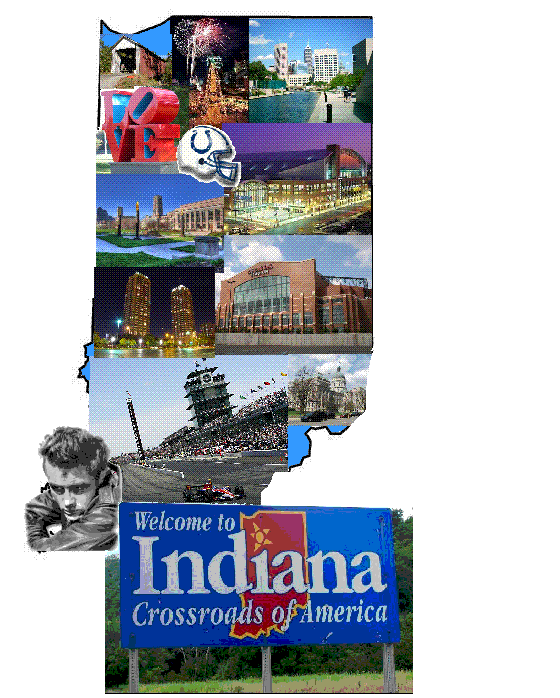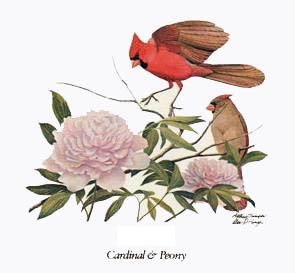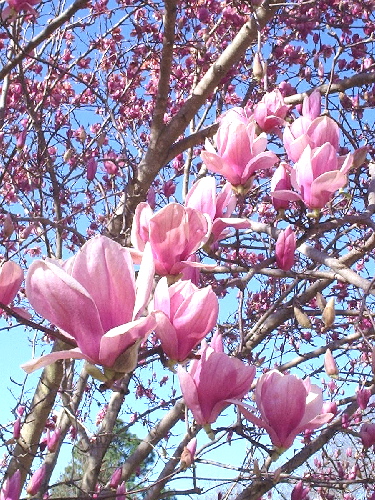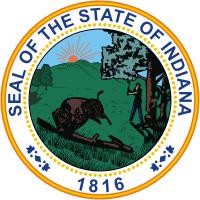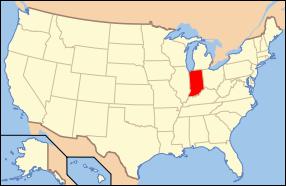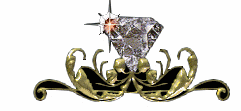|
|
This Is Indiana
This site was made in
August of 2009
Indiana
State Song
Nickname:
The Hoosier State Motto: The Crossroads of America Population: 6,195,643 (2003 estimate)
Geographic
Area Ten Largest Cities by Population:
Climate
Highest
Temp was 116 degrees on July 14, 1936 at Collegeville
Brief History
The first
people to live in what is now Indiana were the Paleo-Indians. Indiana was the 19th state in the USA; it became a state on December 11, 1816. On Dec. 11, 1816, President James Madison signed a congressional resolution admitting Indiana to the Union as the nineteenth state. The young state established its capital at Corydon, where it remained until 1825 when Indianapolis took over that distinction. Jonathan Jennings had become the state's first governor by defeating Thomas Posey in elections held in August 1816. Indiana's 41-mile Lake Michigan waterfront-one of the world's great industrial centers-turns out iron, steel, and oil products. Products include automobile parts and accessories, mobile homes and recreational vehicles, truck and bus bodies, aircraft engines, farm machinery, and fabricated structural steel. Wood office furniture and pharmaceuticals are also manufactured. The state is a leader in agriculture with corn the principal crop. Hogs, soybeans, wheat, oats, rye, tomatoes, onions, and poultry also contribute heavily to Indiana's agricultural output. Much of the building limestone used in the U.S. is quarried in Indiana, which is also a large producer of coal. Other mineral commodities include crushed stone, cement, and sand and gravel. Wyandotte Cave, one of the largest in the U.S., is located in Crawford County in southern Indiana, and West Baden and French Lick are well known for their mineral springs. Other attractions include Indiana Dunes National Lakeshore, Indianapolis Motor Speedway, Lincoln Boyhood National Memorial, and the George Rogers Clark National Historical Park. Government Indiana's form of government is closely modeled on the federal government with three branches: executive, legislative and judicial. The Governor, elected for a four-year term, heads the executive branch. The General Assembly, the legislative branch, consists of the Senate and the House of Representatives. Indiana's fifty State Senators are elected for four-year terms and one hundred State Representatives for two-year terms. In odd-numbered years, the General Assembly meets in a sixty-one day session. In even-numbered years, the Assembly meets for thirty session days. The judicial branch consists of the Indiana Supreme Court, Court of Appeals and local circuit courts. On the national level, Indiana is represented in Congress by two Senators and ten Representatives. In General Indiana is a diverse state with a few large urban areas, a number of smaller industrial cities, and many small towns. It is known nationally for its sports teams and athletic events: the NFL's Indianapolis Colts, the NBA's Indiana Pacers, the Indianapolis 500 motorsports race, the largest single-day sporting event in the world, and for a strong basketball tradition, often called Hoosier Hysteria. Although many stories are told, the origin of the term, "Hoosier" is unknown. The state's name means "Land of the Indians", or simply "Indian Land". The name dates back to at least the 1768 Indiana Land Company, and was first used by Congress when Indiana Territory was created, at which time the territory was unceded Indian land. Angel Mounds State Historic Site, one of the best preserved prehistoric Native American sites in the United States, can be found in Southwestern Indiana near Evansville. Recreation and Sports Over 1.1 million acres of land are available for outdoor recreation in Indiana. The Department of Natural Resources operates parks, forests, nature preserves, fish and wildlife areas, museums and memorials across the state. Brown County State Park and the Indiana State Museum at Indianapolis are two of the more popular facilities. Indianapolis has become a major center for sporting events. Besides being home of the Indiana Pacers professional basketball team and the Indianapolis Colts in pro football, Indianapolis is also host to the "Indy 500" in May and the "Brickyard 400" in August, run at the Indianapolis Motor Speedway, and the RCA Championship tennis matches each summer. Indiana Sports Teams
College
League
Professional
Indianapolis
Colts (NFL)
- Indianapolis Stadiums
Arena - Conseco
Fieldhouse - Indianapolis Old and Gone Stadiums
Market
Square Arena
Former Tenants: Population Base: 1,500,000
Retired Numbers:
RCA Dome
|
|||||||||||||||||||||||||
